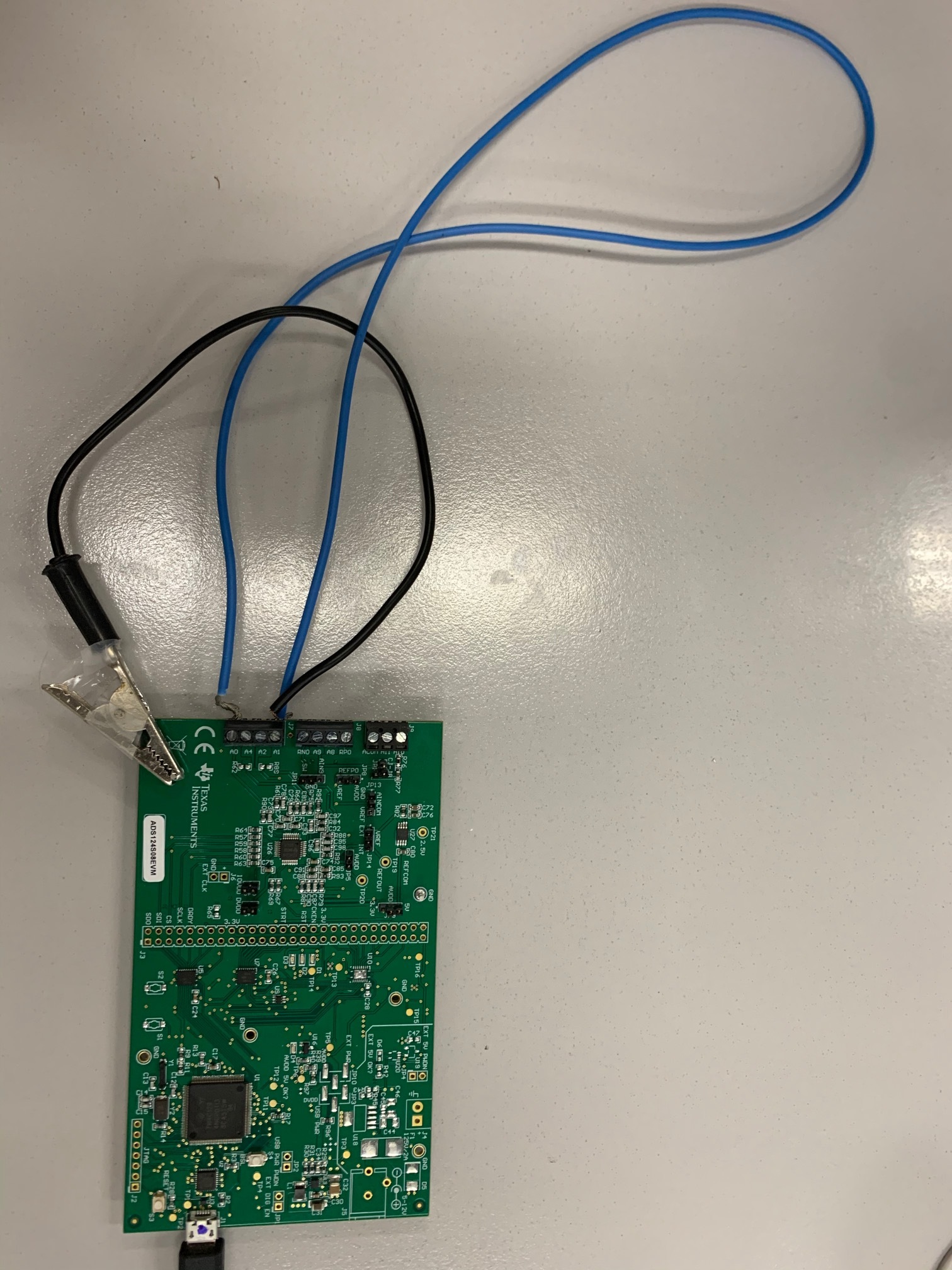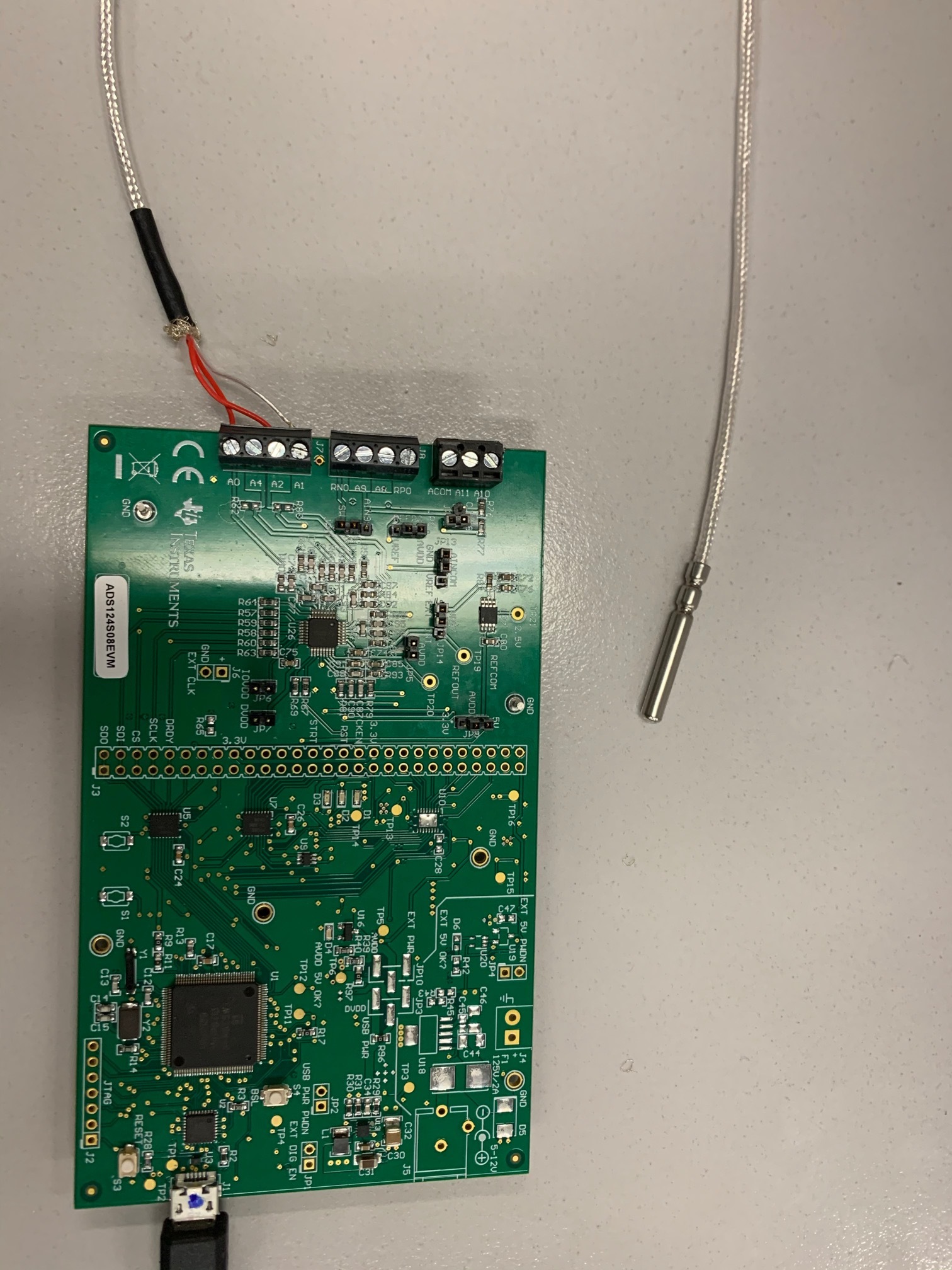Hi,
I am trying to measure the TUE of ADS124S08, and I got the TB-1 and TB-4 of J7 connected to the GND. And the result is shown as below. However, I got a few questions.
1. I calculated the TUE using the max specs of ADS124S08(PGA gain is 1), as shown in the excel. And the result is 704 uV. But the test result shown above is 9 uV. I don't know why there is such a huge difference.ADS124S08 -.xlsx
2. The maximum data displayed as a decimal value in the 'Data Inspector' tab is 32. And I think it equals to code*Vref/PGA/(2^24-1)=32*2.5/1/(2^24-1)=4.8uV. But the maximum test result shown in the 'Time Domain' is 9uV. Is the difference because of the full scale range I used in my calculation? But the 'ADS1x4S08 Evaluation Module User's Guide' shows that 'The EVM is designed to be operated by using a unipolar supply. This means that AVSS is tied to analog ground and bipolar supply operation is unavailable on the EVM.' So I can't map 32 with 9uV and I got confused.
Thank you so much for your help and look forward to your reply.
Best regards,
Wendy



